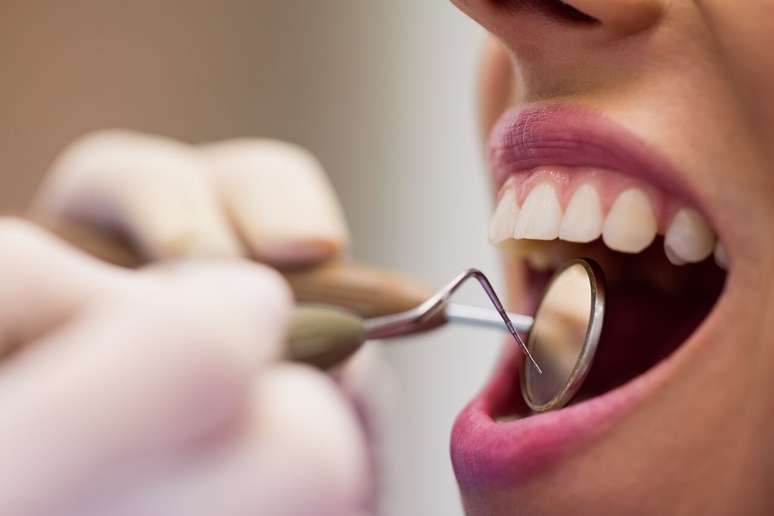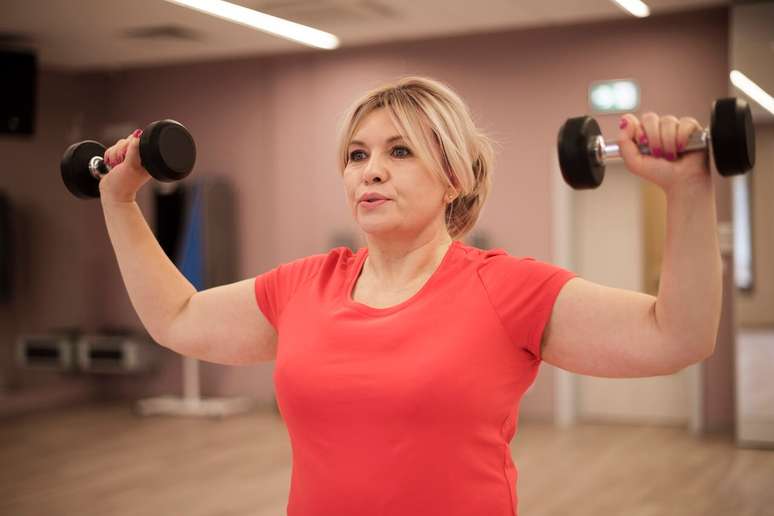During the warmer seasons, certain factors can trigger migraine attacks.
Spring has come! Normally, this season, temperatures soar and the heat can end up causing problems for some people, especially the 30 million Brazilians who suffer from migraines.

This is due to factors that involve the warmer seasons, such as dehydration, brightness and greater exposure to the sun, as they favor the onset of pathological crises.
To prevent migraine attacks during the heat, it is essential to drink plenty of water and avoid exposure to the sun. However, it is common for people affected by the problem to use pain relievers, including antihypertensive, antidepressant, and antipsychotic drugs more frequently during the warmer seasons, spring and summer.
However, the drugs used to treat the disease, if used continuously, can cause side effects such as dizziness, muscle weakness, nausea, stomach ulcers, and gastrointestinal changes.
“An alternative to reducing attacks in hot weather without having to resort to medication is migraine surgery, which is one of the most effective ways to reduce the intensity, frequency and duration of migraines. The need for continuous use. of these drugs, “explains plastic surgeon Dr. Paolo Rubez, a member of the Migraine Surgery Society (USA) and one of the doctors performing the procedure in Brazil.
According to the doctor. Paolo Rubez, currently, migraine surgery is performed by several groups of plastic surgeons around the world and in more than a dozen major American universities, such as Harvard.
“The positive and similar results of the publications of the different groups demonstrate the efficacy and reproducibility of the treatment”, reports the specialist.
“Migraine surgery can be indicated for any patient who has been diagnosed with migraine (migraine) by a neurologist and who has two or more severe pain attacks per month that cannot be controlled by medication; or in patients who suffer from the effects of painkillers or who have intolerances to these drugs; or even in patients who wish to undergo the procedure because of the great commitment that pain causes in their personal and professional life, “he adds.
Surgery aimed at treating migraine aims to decompress the branches of the trigeminal and occipital nerves involved in the painful points.
“The peripheral branches of these nerves, responsible for the sensitivity of the face, neck and scalp, can be compressed by the structures that surround them, such as muscles, vessels, bones and fascia (connecting tissue where muscles are attached). Release of substances (neurotoxins) that trigger a cascade of events responsible for inflammation of the nerves and membranes around the brain, which will cause symptoms of intense pain, nausea, vomiting and sensitivity to light and sound, “explains the doctor.
The doctor. Paolo Rubez concludes by pointing out that there are seven main types of surgery for migraine and that the procedures are performed in a hospital setting under general anesthesia and, in some cases, under local anesthesia.
“For each type of pain there is a different access to heal the nerve branches, all in the superficial areas of the face or scalp, or even in the nasal cavity. Each intervention has been developed to generate the least possible change in local physiology. But in all these types the principle is the same: decompress and release the branches of the trigeminal or occipital nerve, which are irritated by adjacent structures along their path, “he points out.
“The duration of the operation, for each nerve, is about one or two hours, and the patient is discharged home the same day,” concludes the doctor.
+The best content in your email for free. Choose your favorite Earth Newsletter. Click here!
Source: Terra
Benjamin Smith is a fashion journalist and author at Gossipify, known for his coverage of the latest fashion trends and industry insights. He writes about clothing, shoes, accessories, and runway shows, providing in-depth analysis and unique perspectives. He’s respected for his ability to spot emerging designers and trends, and for providing practical fashion advice to readers.




![Such a wonderful sun in advance: Summary of the episode of April 29, 2025 [SPOILERS] Such a wonderful sun in advance: Summary of the episode of April 29, 2025 [SPOILERS]](https://fr.web.img6.acsta.net/img/89/a8/89a86cf6a645a6dfaa69a035f77bdceb.png)



